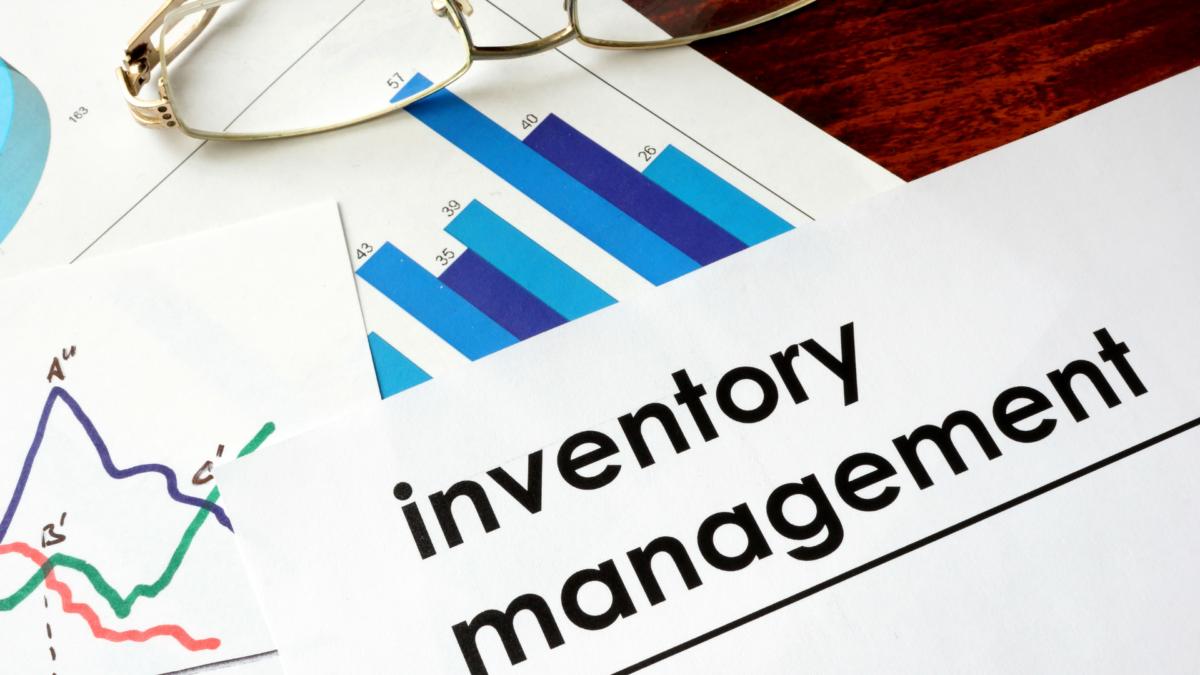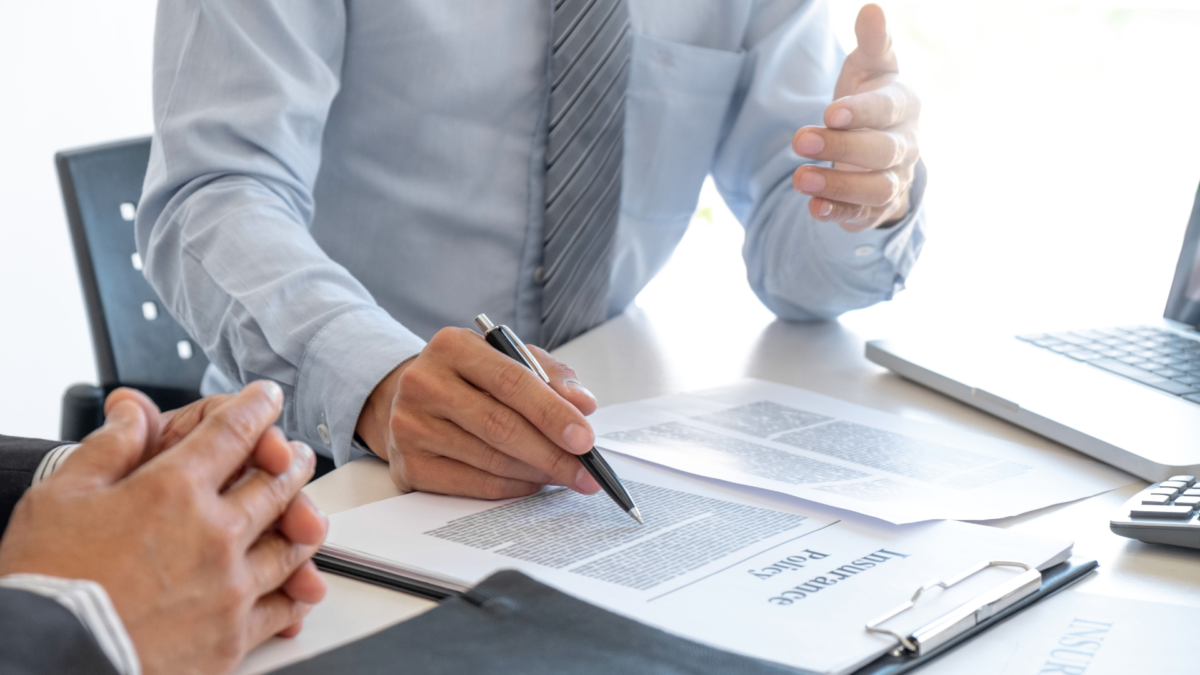In the rapidly evolving world of business, having the right tools is essential for success. The best business management software streamlines operations, enhances productivity, and improves collaboration across teams. With numerous options available, it can be challenging to find the perfect fit for a specific organization’s needs.
Software like PracticePro 365 can encompass project management, customer relationship management (CRM), and financial tracking, among others. Each solution offers unique features that cater to different aspects of business operations. Selecting the right software can be a game-changer, making it crucial for businesses to understand their requirements before making a decision.
Investing in effective business management software can lead to significant time and cost savings. By choosing wisely, organizations can not only optimize their workflows but also foster a more engaged and productive workforce. This blog post will explore the top options available and help navigate the complexities of choosing the best solution.
Understanding Business Management Software
Business management software is designed to streamline operations and enhance efficiency within organizations. It encompasses various functions and types that cater to the diverse needs of businesses. Recognizing these core functions and types aids in selecting the right software for specific requirements.
Core Functions
Business management software typically includes essential functions such as project management, resource allocation, and performance tracking.
- Project Management: This allows teams to plan tasks, set deadlines, and monitor progress.
- Resource Allocation: This function helps businesses manage resources effectively, minimizing waste and optimizing utilization.
- Performance Tracking: Metrics and analytics tools enable the evaluation of performance indicators, assisting in making informed decisions.
These core functions are crucial for enhancing collaboration, productivity, and overall operational efficiency. By centralizing data and tasks, businesses can improve their responsiveness to challenges.
Different Types of Business Management Software
Various types of business management software cater to different organizational needs. Key categories include:
- Enterprise Resource Planning (ERP): Integrates core business processes and provides real-time data.
- Customer Relationship Management (CRM): Focuses on managing customer interactions, improving sales, and customer service.
- Human Resource Management Systems (HRMS): Streamlines HR processes, including recruitment, payroll, and employee management.
- Accounting Software: Manages financial transactions, budgeting, and reporting to enhance fiscal oversight.
Each software type offers specific tools and functionalities, allowing businesses to select solutions that align with their operational goals and challenges. Understanding these differences is vital for effective implementation.
Key Features to Look For
When selecting business management software, specific features significantly enhance efficiency and usability. Understanding the crucial aspects can guide effective decision-making.
Integration Capabilities
Integration is vital for business management software. Companies often use various tools and platforms, making seamless integration essential. Look for software that connects easily with existing systems such as Customer Relationship Management (CRM), accounting, and project management tools.
APIs and pre-built connectors can simplify this process. They allow for data sharing between applications, reducing redundancy and errors. A robust integration capability also facilitates better workflow automation, enhancing team collaboration.
Vendor support for additional integrations is another factor. If future needs arise, flexibility can save time and resources, ensuring the software remains effective as the business evolves.
Scalability
Scalability is crucial for businesses anticipating growth. Choosing software that can expand alongside the organization ensures long-term viability. Scalable solutions can adapt to increasing workloads and user demands without compromising performance.
It is important to consider how the software handles new users, features, and data volume. A flexible pricing model can also ease the transition as the business grows. Some platforms offer tiered pricing, allowing organizations to upgrade as needed.
Additionally, cloud-based solutions often provide better scalability. They can accommodate fluctuations in use and storage without significant upfront investment, making them ideal for growing enterprises.
User Interface and Experience
A clean, intuitive user interface can significantly impact how effectively a team utilizes business management software. Software with a straightforward design minimizes training time and allows users to ramp up quickly.
Navigation should be logical, with easily accessible features. Look for customizable dashboards that enable individuals to prioritize tasks and view relevant information at a glance.
Responsive design is another critical consideration. It ensures that access across devices-such as smartphones and tablets-remains consistent, aiding productivity in varied work environments. Positive user experiences contribute to better overall workflow efficiency and employee satisfaction.
Customization Options
Customization allows businesses to tailor the software to their unique processes. Whether altering workflows or adjusting reports, flexibility enhances operational efficiency.
Look for tools that offer customizable templates, dashboards, and fields. This feature ensures the software aligns with specific business needs and terminology.
Moreover, consider the ability to automate customized tasks. This can streamline repetitive processes, giving teams more time to focus on strategic activities. It is also beneficial if the software supports third-party integrations for additional functionality. This adaptability is critical for optimizing performance and achieving business objectives.
Top Business Management Software Solutions
Business management software encompasses various tools designed to streamline operations and improve efficiency. Focus areas include ERP systems, CRM software, project management tools, and HR management systems. Each category plays a critical role in enhancing business processes.
Enterprise Resource Planning (ERP) Systems
ERP systems integrate core business processes to ensure seamless information flow across various departments. They typically cover finance, supply chain, manufacturing, and inventory management.
Notable ERP solutions include:
- SAP ERP: Highly customizable, suitable for large enterprises with complex needs.
- Oracle NetSuite: A cloud-based solution that offers real-time data insights.
Organizations using ERP systems often experience improved productivity and reduced operational costs. Centralized data management allows for better decision-making and strategic planning.
Customer Relationship Management (CRM) Software
CRM software focuses on managing a company’s interactions with current and potential customers. It helps in tracking customer behaviors, sales processes, and marketing campaigns.
Key features include:
- Lead management: Streamlines the process of converting leads into sales.
- Customer support: Provides tools for managing customer inquiries and support tickets.
Popular CRM solutions are:
- Salesforce: Offers extensive customization and integration options. With its scalable architecture, Salesforce allows companies to tailor workflows, automate sales processes, and integrate seamlessly with third-party applications. Its advanced analytics and AI-driven insights help businesses make data-driven decisions, improving customer engagement and overall efficiency. Whether you’re a startup or an enterprise, Salesforce provides the flexibility needed to adapt to evolving business needs.
- HubSpot CRM: Known for its user-friendly interface and free tier for small businesses. It offers a seamless way to manage customer relationships. However, to maximize its potential, hubspot implementation can play a crucial role. Proper setup, customization, and integration with existing workflows ensure businesses can leverage automation, analytics, and marketing tools effectively.
Effective CRM systems lead to improved customer retention and enhanced sales performance.
Project Management Tools
Project management tools facilitate the planning, organizing, and execution of project tasks. They help teams collaborate effectively, meet deadlines, and allocate resources efficiently.
Essential functions include:
- Task assignment: Allows managers to assign tasks to team members.
- Progress tracking: Offers visual aids like Gantt charts to monitor project milestones.
Leading project management tools include:
- Asana: Adaptable for various project types and teams.
- Trello: Uses a card-based system that is intuitive for users.
Utilizing project management software improves accountability and streamlines workflows.
Human Resources Management Systems
HR management systems automate and streamline HR processes, such as recruitment, payroll, and performance evaluations. They produce efficiencies that free HR professionals to focus on strategic initiatives. Additionally, these systems can contribute to the larger workings of People Operations in meaningful ways, propelling the organization forward.
Key functionalities are:
- Applicant tracking: Simplifies the recruitment process by managing job postings and applications.
- Performance management: Enables continuous feedback and performance reviews.
Notable HR solutions include:
- Workday: Integrates HR and finance functions for better organizational insight.
- BambooHR: Offers user-friendly features ideal for small to medium-sized businesses.
Implementing HR management software enhances employee engagement and operational efficiency.
Selecting the Right Software for Your Business
Choosing the appropriate business management software requires a clear understanding of specific needs, budget constraints, and effective vendor evaluation. Each element plays a crucial role in identifying a solution that aligns with business objectives.
Assessing Business Needs
Identifying business needs is the foundational step in selecting software. It involves understanding workflow, team size, and specific features that enhance productivity.
Key considerations include:
- Functionality Requirements: Determine essential functions such as project management, CRM, or invoicing.
- User Experience: Evaluate ease of use and the learning curve for employees.
- Integration Capabilities: Check compatibility with existing systems and software tools.
Gather input from various departments to compile a comprehensive list. Prioritization of features can help narrow down options effectively.
Budget Considerations
Budget planning is vital when selecting software. Businesses must balance functionality with costs to avoid overspending.
Consider the following factors:
- Initial Purchase vs. Long-term Costs: Factor in licensing fees, implementation costs, and ongoing maintenance.
- Hidden Fees: Investigate potential costs such as support, updates, and add-ons.
- Return on Investment (ROI): Evaluate how the software will contribute to revenue generation or cost savings.
Establishing a clear budget allows for better decision-making without compromising quality.
Vendor Selection Process
The vendor selection process involves thorough research and comparison of available options. It includes analyzing vendor reputation, customer support, and product features.
Important steps include:
- Reading Reviews and Case Studies: Understand the experiences of other businesses with the vendor’s product.
- Conducting Demos: Request live demonstrations to see how the software functions in real scenarios.
- Evaluating Support and Training: Ensure the vendor offers adequate support channels and user training resources.
Selecting the right vendor can lead to a smoother implementation and greater satisfaction with the software chosen.
Implementation Strategies
Successful implementation of business management software relies on structured approaches. Focused project management, effective training, and measurable performance indicators are essential elements for ensuring a smooth transition and ongoing success.
Project Management for Software Implementation
A robust project management strategy is critical for software implementation. This involves defining clear roles and responsibilities within the team.
Creating a detailed project timeline with milestones helps in tracking progress. Regular meetings to review status can keep the project on course. Tools like Gantt charts or Kanban boards can visualize tasks and workflows.
Engaging stakeholders throughout the process ensures alignment and buy-in.
Setting realistic deadlines reduces the risk of burnout and project delays. A well-managed project leads to better resource allocation and ultimately, a more successful software rollout.
Training and Support
Effective training and support are vital for user adoption. Initial training sessions should be tailored to various user roles within the organization. Hands-on workshops can enhance understanding of the software’s functionality.
Ongoing support options, such as help desks or user forums, should be readily available. Regular check-ins after implementation ensure users feel supported.
A solid knowledge base that includes FAQs and troubleshooting guides can empower users.
Incorporating feedback mechanisms shortly after deployment helps identify training gaps. Comprehensive training leads to increased software utilization and overall satisfaction.
Key Performance Indicators (KPIs) for Success Measurement
Identifying Key Performance Indicators (KPIs) is essential for tracking the effectiveness of the software. Focus on metrics that align with business objectives, such as productivity improvements, cost savings, or user engagement rates.
Examples of KPIs include:
- User Adoption Rate: Percentage of employees actively using the tool.
- Task Completion Time: Time taken to complete key business processes.
- Error Rate: Frequency of errors or issues reported by users.
Regularly reviewing these metrics helps gauge the impact of the software. Adjustments can be made based on data insights. Establishing a clear framework for measurement supports ongoing optimization and accountability.
Trends in Business Management Software
Recent advancements in technology are reshaping how businesses approach management software. Key trends include the integration of artificial intelligence, the growth of cloud-based solutions, and an increasing emphasis on mobile accessibility. These developments help organizations improve efficiency and adapt to changing market demands.
Artificial Intelligence and Machine Learning
Artificial intelligence (AI) and machine learning (ML) are becoming essential components of business management software. These technologies allow systems to analyze data in real time, providing insights that can enhance decision-making.
For example, AI can automate routine tasks, such as data entry and report generation, freeing up time for employees to focus on strategic objectives. Predictive analytics enables businesses to anticipate customer needs, optimize inventory management, and improve overall efficiency.
Furthermore, intelligent chatbots are streamlining customer interactions, offering 24/7 support while reducing operational costs. For example, an HR Chatbot can improve employee engagement by providing immediate responses to queries related to policies, benefits, and onboarding processes. This can improve efficiency but also make sure that employees can receive accurate information, which can result in a satisfied and productive workforce. AI’s capacity to learn and adapt makes it invaluable for organizations looking to stay competitive in a rapidly evolving landscape.
Cloud-Based Solutions
Cloud-based solutions continue to gain traction among companies of all sizes. They offer significant advantages, including scalability, cost-effectiveness, and ease of access. Businesses no longer need to invest heavily in on-premises hardware, allowing for a more flexible approach to resource allocation.
With cloud solutions, teams can collaborate in real time from any location. This flexibility supports remote work and helps companies maintain productivity during disruptions. Additionally, automatic updates ensure that users always have access to the latest features and security enhancements.
Security remains a concern; however, many cloud providers implement robust measures such as encryption and frequent backups. This trend towards the cloud empowers businesses to enhance operational agility and reduce overhead costs.
Mobile Accessibility
The demand for mobile accessibility in business management software is increasing. As more employees work remotely or on the go, companies are prioritizing mobile-friendly tools that enable access to critical functions anytime, anywhere.
Mobile applications enhance productivity by allowing users to manage tasks, communicate with teams, and analyze data from their smartphones or tablets. This capability ensures that essential business operations continue without interruptions.
Further, organizations can leverage mobile solutions to streamline processes such as expense reporting and project management. By prioritizing mobile accessibility, businesses enhance flexibility and responsiveness in today’s fast-paced environment.
Security and Compliance in Business Software
Security and compliance are essential aspects of business management software. These features protect sensitive data and ensure adherence to regulations.
Key Security Features:
- Data Encryption: Protects data during transmission and storage.
- User Authentication: Ensures only authorized personnel can access the system.
- Regular Updates: Keeps software secure against vulnerabilities.
Compliance with standards such as GDPR, HIPAA, or PCI-DSS is crucial. Businesses must ensure that their software meets these regulations to avoid legal penalties.
Compliance Checklist:
- Data Handling Policies: Clear guidelines on data collection and processing.
- Regular Audits: Frequent assessments to verify compliance status.
- Incident Response Plans: Preparedness for data breaches or security incidents.
Many business management software solutions offer built-in compliance tools. These features simplify the process of maintaining adherence to required regulations.
Investing in robust security measures not only protects data but also builds customer trust. Businesses using secured software can mitigate risks associated with cyber threats and breaches.
Choosing software with demonstrated security and compliance capabilities is vital. Organizations must prioritize these factors when selecting business management solutions.










